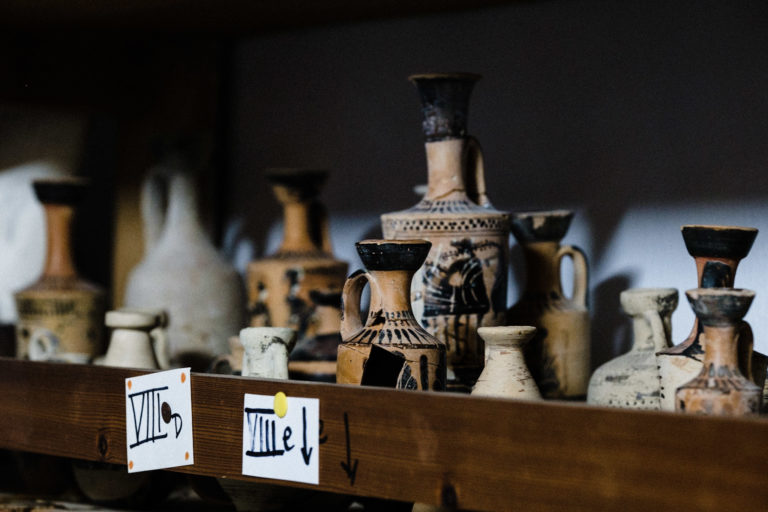
Spanish alumna Eileen Thompson began her journey at MSU with the goal of being a veterinarian while studying a second language to expand her possibilities. She now works as the Emergency Preparedness Coordinator for the Toledo-Lucas County Health Department, fighting against the ongoing COVID-19 pandemic.
“My main role in the response is to act as a liaison or conduit between the leadership at the health department and our partnering agencies,” Thompson said. “Together, we re-envisioned old Ebola and H1N1 plans for COVID and developed new plans when the scope of the pandemic went beyond what our past planning efforts encompassed, such as devising a 300-bed alternate care facility and modifying death certificate reporting.”
MSU Education and Experience
When she was just 6, Thompson set her sights on animal medicine. That goal continued as she was accepted to MSU, where she earned a B.S. in Animal Science and a B.A. in Spanish Language and Literature in 2014. But as she continued her academic career, Thompson decided to change roles and instead looked toward the One Health movement.

This interest in public health became her passion, as Thompson received a master’s degree in Public Health from MSU in 2016 and a master’s degree in Pharmacology and Food Safety from MSU in 2017.
“I knew a background in food safety, in addition to my background in animal science, would lend greatly to my ability to see the broad implications of a foodborne outbreak from farm to table,” Thompson said. “This knowledge was quite useful when, a few short months after starting my formal career, the Hepatitis A Outbreak of 2019 occurred.”
Fighting the COVID-19 Pandemic
As the Emergency Preparedness Coordinator for the Toledo-Lucas County Health Department, Thompson is responsible for organizing action plans that deal with a range of large-scale health issues, including food-borne outbreaks, plans for flu season, and action plans for natural disasters.
“During the initial weeks of the pandemic, I met with other health department leaders to monitor the spread of the virus and discuss how we would react once the first case was found in the United States and what to do when COVID was found in Ohio,” she said. “We met with our partners locally and regionally to enhance our planning efforts. We discussed how to transport COVID cases, what to do if our hospitals were at capacity, and how the region may have to share resources.”
We have gone from over 100 cases being reported a day in the county back in July to only 30 new cases a day now in late September…We will continue to do our best to prevent further spread and continue our planning efforts to do all we can to keep our community safe.
Eileen Thompson
Normally, Thompson would spend most of her time developing and reviewing the health department’s emergency plans. However, since the pandemic began, her day-to-day activities have been “completely derailed.”
“When restaurants and entertainment venues were beginning to open, we worked with individual entities to help them refine their reopening plans, and we opened up a public call line so that businesses that were not following best practices could be reported,” Thompson said. “Throughout the entirety of the pandemic, we have been focused on protecting the public.”
During the COVID-19 pandemic, Thompson also has collaborated with the Julian Samora Research Institute (JSRI), MSU’s premier Latino research center. Here, Thompson worked as a graduate researcher and has continued a professional relationship with her supervisor, Dr. Rubén Martinez.

“Dr. Martinez and his staff have sourced and developed quality resources on COVID-19 as it relates to the Chicanx/Latinx communities, with specific focus on migrant workers and other agricultural employees,” Thompson said. “Without the materials from JSRI, Lucas County would not have been able to reach these communities as easily, or as efficiently develop targeted messaging specific to this critical population.”
As of September 28, 2020, Lucas County has reported 7,221 cases of COVID-19. Despite this, Thompson and the Toledo-Lucas County Health Department have been working diligently to bring these numbers down.
“We have gone from over 100 cases being reported a day in the county back in July to only 30 new cases a day now in late September,” Thompson said. “That is great news for slowing the spread of COVID, but our jobs are not nearly done. We will continue to do our best to prevent further spread and continue our planning efforts to do all we can to keep our community safe.”
Written by Alec Parr


